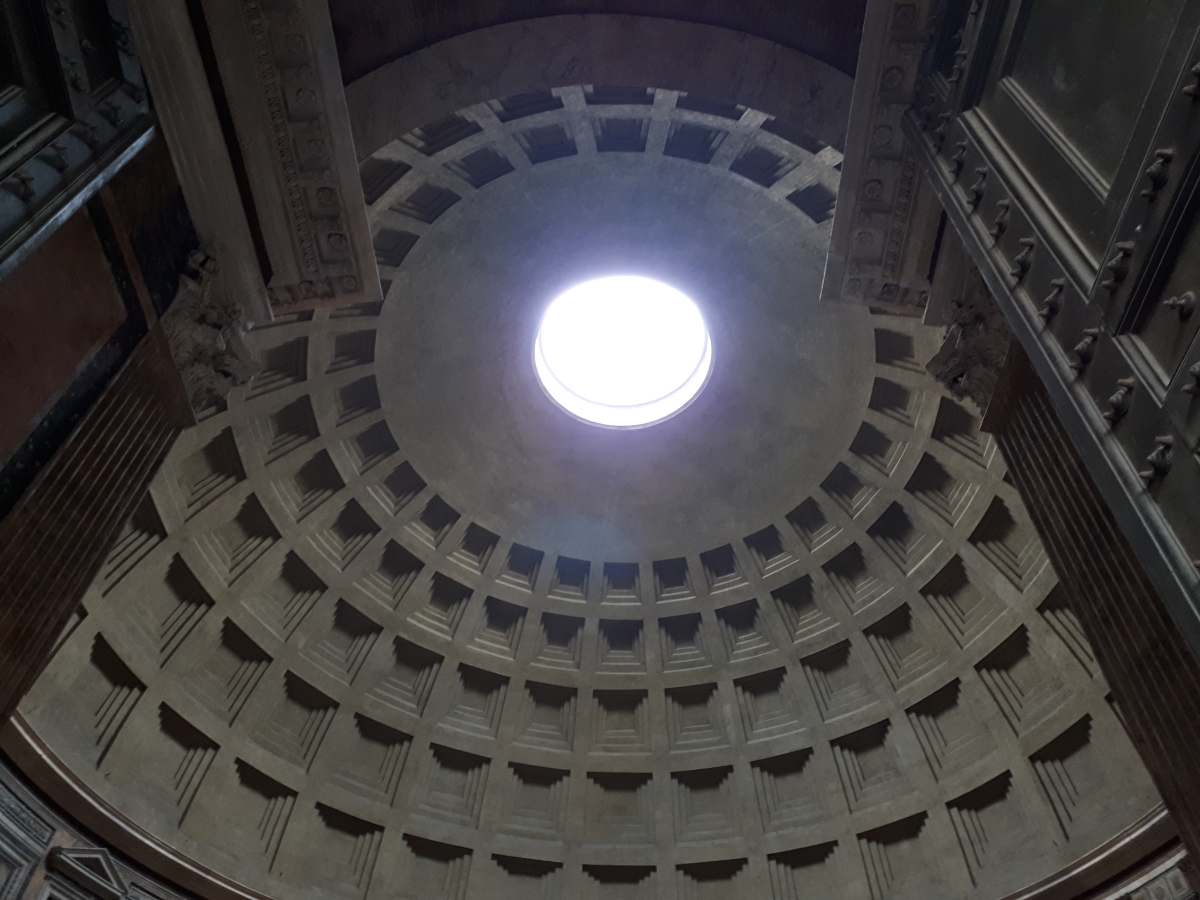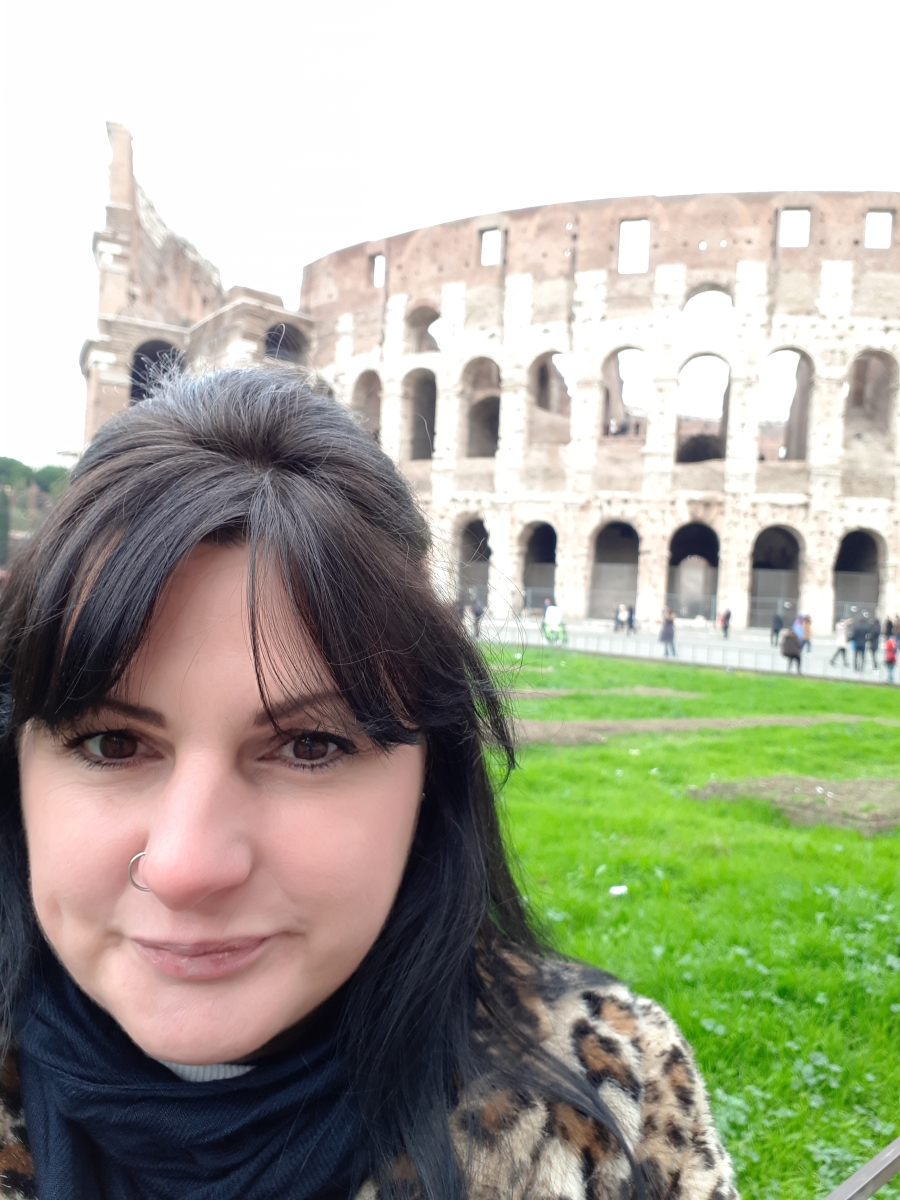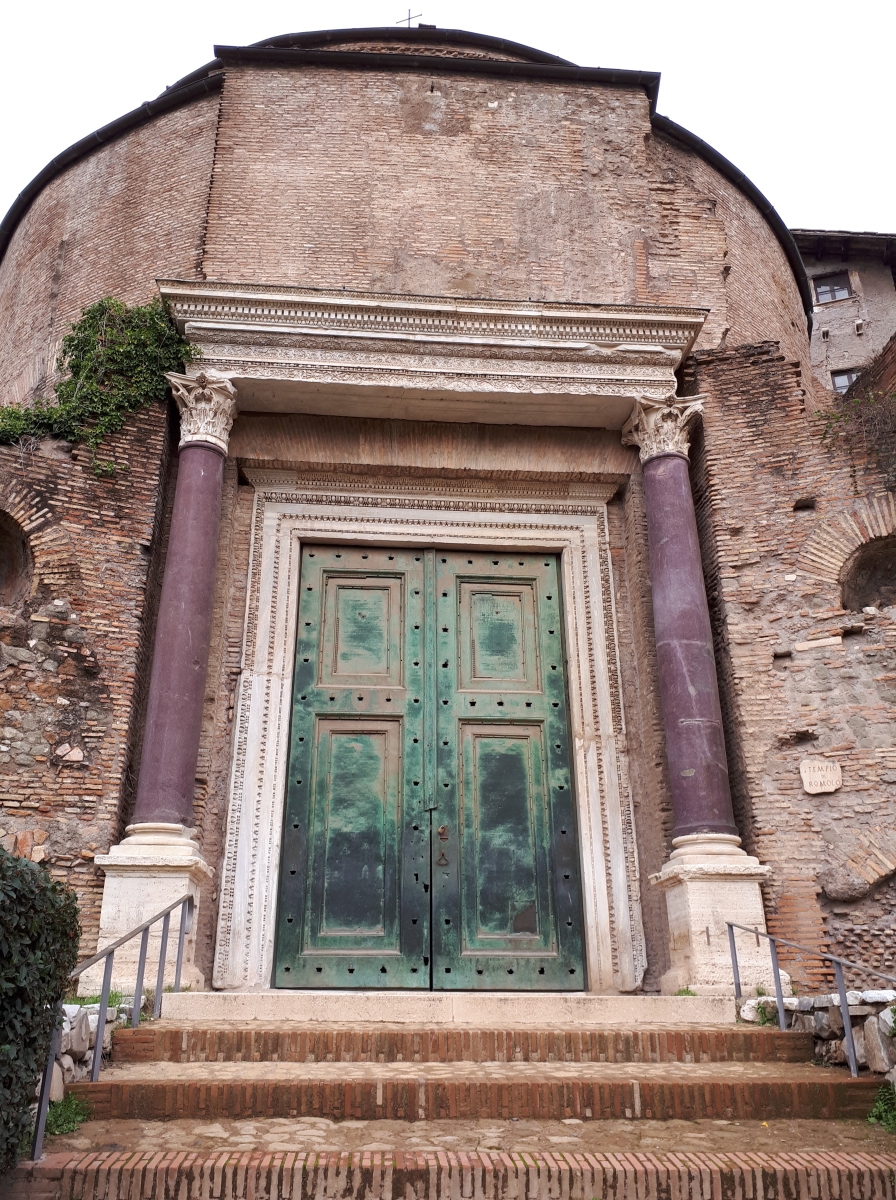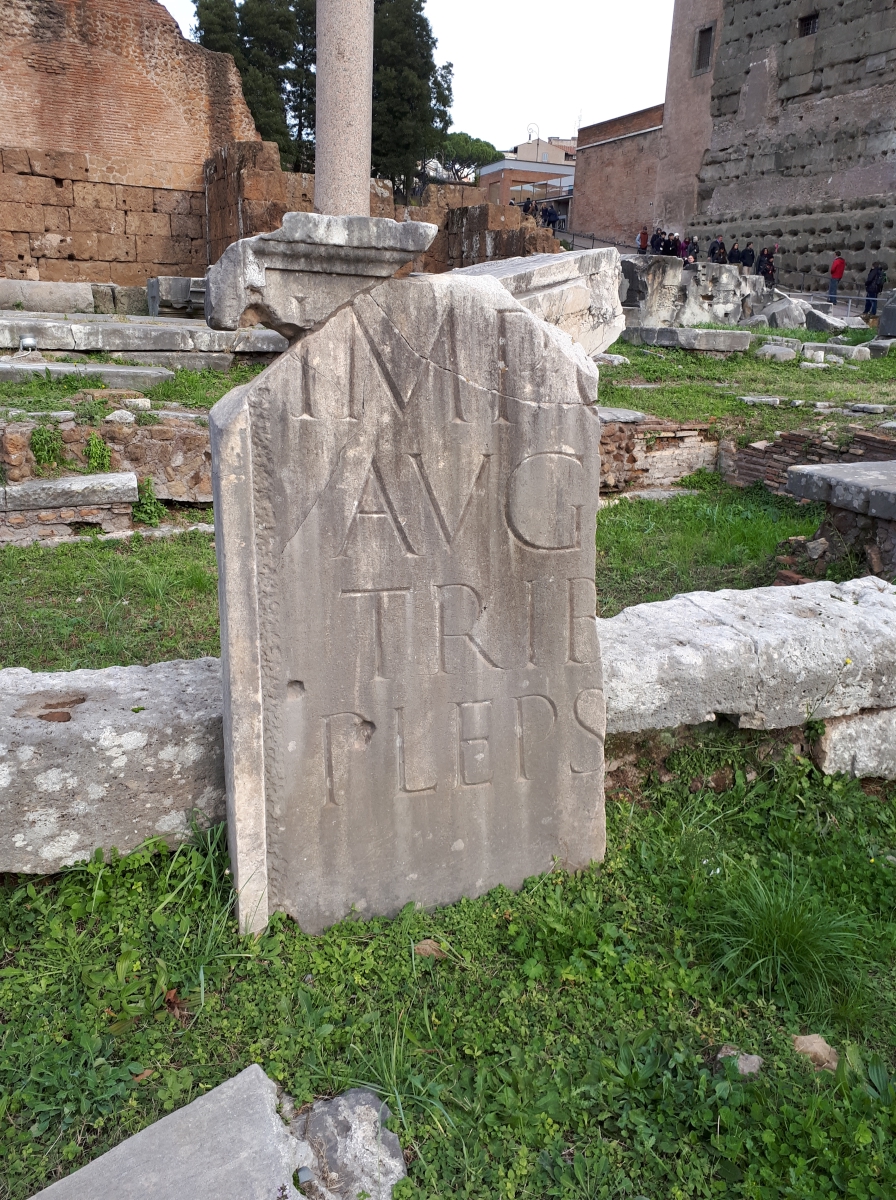When I say hidden treasures, I obviously don’t mean in the true sense of the word; the Pantheon, Spanish Steps and Trevi Fountain are all very well known Roman attractions. But I was super surprised by their location within the city, and how unobvious they were!
Let me explain. On our first day in Rome we went on a city bus tour. We like to do this on most city breaks because it gives a good feel for the city, the highlights, etc and then we generally go back in our own time to visit the places we want to see. During our bus tour around Rome, the commentary pointed out that both the Trevi Fountain and Spanish Steps weren’t visible from the bus, and we’d need to get off at the nearest stop and walk to them, which we resolved to do at a later point.
That same afternoon, after lunch, we were wandering around the area near to our hotel and I said we should go the the Pantheon. Do you think we could find it? Even the power of Google maps on my phone wasn’t enough to locate this world famous landmark (admittedly my map reading isn’t the best, I have to get in the map like Joey in Friends). We were tantalisingly close and we knew it but just couldn’t quite pinpoint it. Later on we would find the reason why – it’s tucked away in a piazza with no fanfare or big signs or feel of a huge tourist attraction – it’s just there. We rounded the corner and there it stood in front of us.
The first time we went in was dark, so when we looked up the dome we couldn’t tell whether the black dot in the middle was a window, or something else.
Insisting on returning the next morning, we found that it’s an oculus – an opening into the sky with no glass or covering. Rain falls through the hole and is then carried away by the drains inside the building. I found that pretty amazing; that it’s existed for all those years with such a design. The Pantheon has existed, in it’s current incarnation, since 126 AD.

Almost two thousand years after it was built, the Pantheon’s dome is still the world’s largest unreinforced concrete dome. Wow!
I loved the Pantheon. It was possibly one of my favourite buildings in Rome, which is quite a bold boast. Maybe it’s because we tried so hard to find it! Or because we saw it most of all (once we’d come across it the first time it felt like we passed it 3 times a day!) but I never tired of taking photos of it!
It was certainly special enough to be the host to our final lunch, where I ate unctuous lasagne and drank chianti and bathed in winter sunshine and the glory of an amazing trip.
The Trevi fountain is similarly tucked away, more so than the Pantheon (although better signposted). Walking down narrow streets we could hear a hum of people, and then turned a corner and there it was, in all it’s carved, watery glory.
It’s very beautiful, and very crowded – both due to it’s popularity and the limited space (as I said, it’s in a small piazza surrounded on 3 sides by buildings). As such it’s difficult to get many good photos, but just looking at these brings back the amazing memories.
We also went back during the daytime, because I like to squeeze every last drop out of every trip, but I preferred it in the evening because of how beautifully it was lit, and also because the bright sunshine cast shadows over the incredible detail (not that I’m complaining about the sunshine you understand; we were incredibly lucky with the weather and it made everything even better).
And finally, the Spanish Steps, tucked away at the end of a long shopping street (where I spent some of my birthday money on Pandora charms). Again we’d struggled to pinpoint the area, and it was our last stop before our final lunch at the Pantheon, and the poor old husband’s legs and back had given way after days and days of me walking him all over the city.
I didn’t know what to expect and that’s probably to my detriment because I guess I thought it was a tourist attraction in it’s own right, but really it wasn’t. I climbed the steps to the top, because I was there, and the architecture surrounding them is beautiful, but there’s no wow factor as there is in all of the other tourist attractions in the City (and there are a lot). The steps are just steps, and very crowded too.
Trinità dei Monti Cathedral is the imposing building at the top; I didn’t go in but it’s twin spires were very imposing against the beautiful blue sky (there’s me banging on about the weather again).
Catch up on my previous Rome posts below:
Day 2 – Vatican Museums and St Peters Basilica
Day 3 – Colosseum and Roman Forum
Have you ever been to Rome? Did you have a favourite attraction? Let me know in the comments!
Thanks, as always, for reading. x
















































